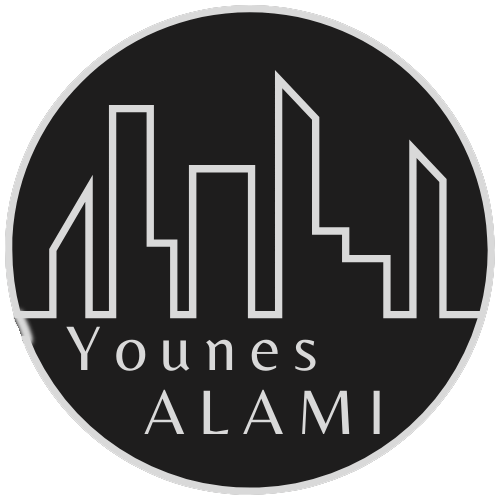To design an architectural project, the first thing we need to do is to analyze the space in which it is going to be located. Space encompasses the volume of a structure, the parts of a building we move through and experience. Place has important influence when creating a space. The relationship between the space and its surroundings can be represented in different types:
Contrast: the relation with the place is of juxtaposition or abstraction. Architecture dominates the landscape or is alien to it.
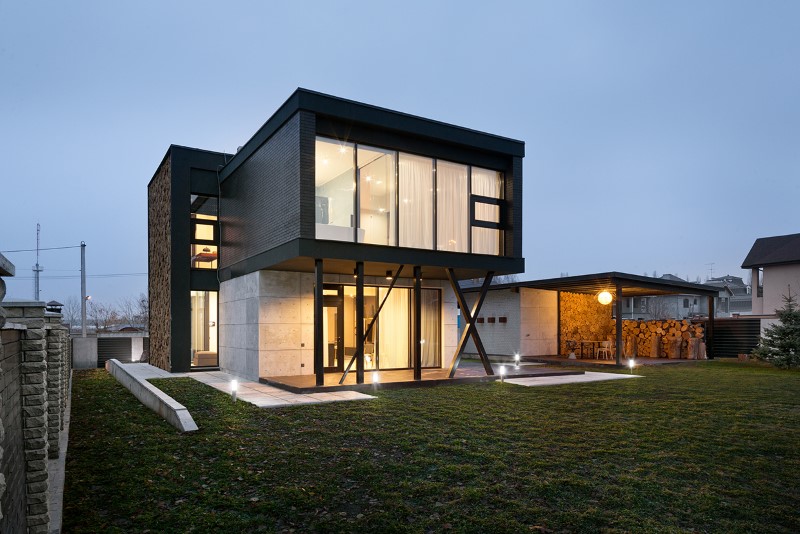
Camouflage: the relation with the place is of extreme integration, of mimesis.
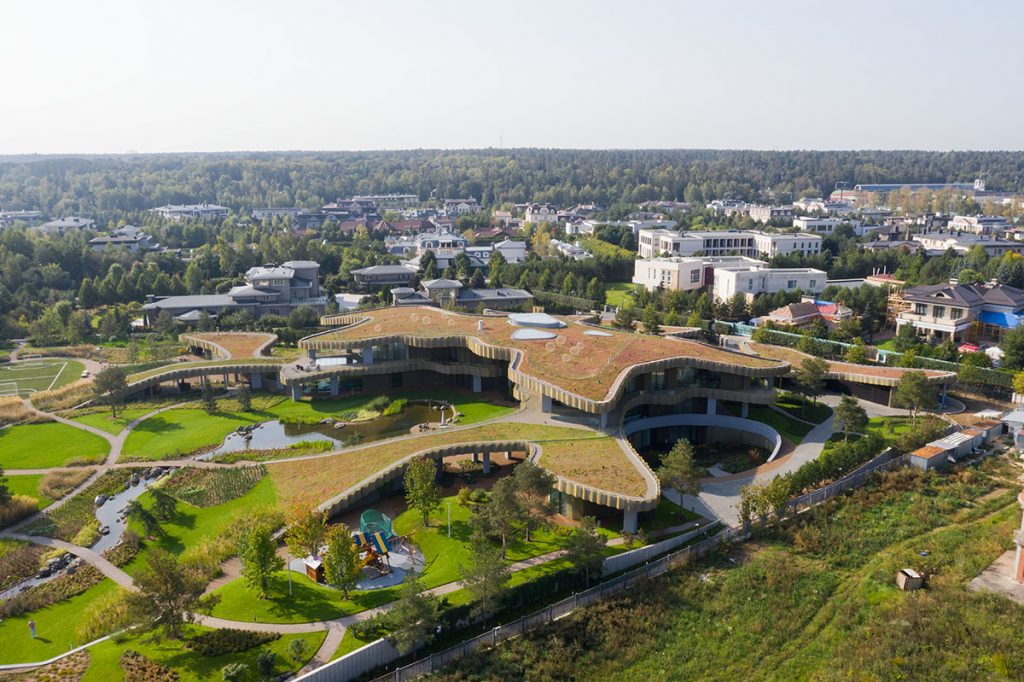
Organicism: is a nod to the place and integration is done by reinterpreting its elements. It shows sensibility towards the place.

Contextualism: has to do with the meaning expressed by the building, the relationship with the place is justifiable.
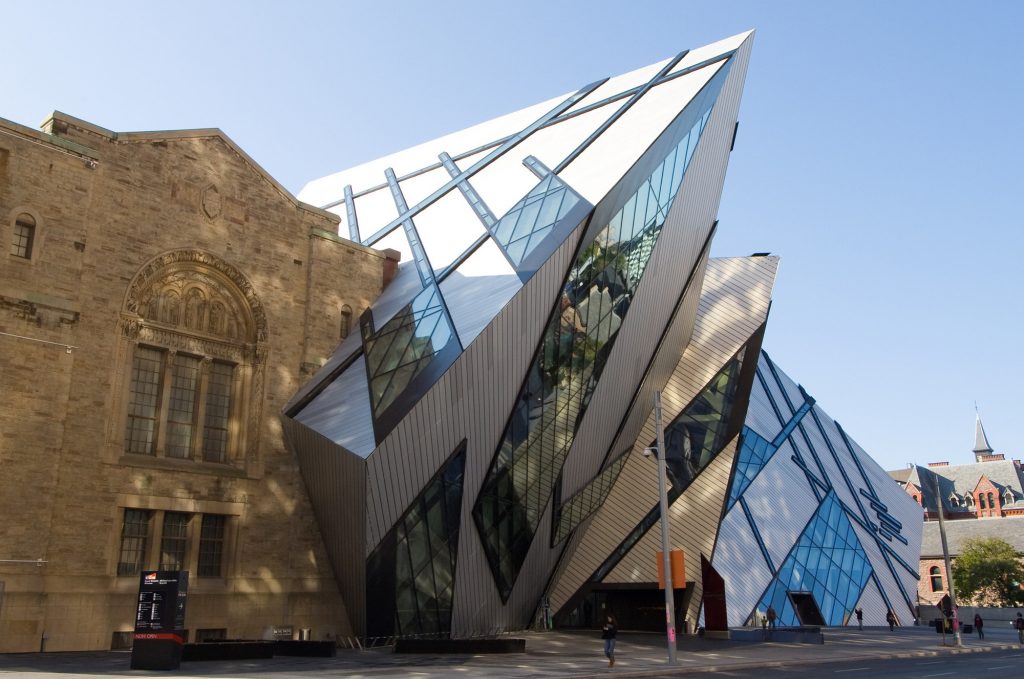
ORDER – SPACE
«The primordial character of architecture, the character by which it is distinguished from other artistic activities, lives in its acting through a three-dimensional vocabulary involving man (..) The internal space, that space that (…) cannot be completely represented in any form, neither learned nor lived, but by direct experience, is the protagonist of the architectural fact. (..) The four facades of a house, of a church, of a palace, however beautiful, constitute nothing more than the box in which the architectural jewel is included (..) In every building, what it contains is the box of walls, the content is the internal space.» – Bruno Zevi
«Architecture is the studied construction of spaces. The continuous renovation of the architecture comes from the evolution of the concepts of space» – Louis Kahn
The classic: space is closed and compact, because the historical architecture has been of massive wall type, that is a structural question has given the closed and compact character.
In the renaissance as well as being a closed space, inheriting the characteristics of the classical space, it is centralized, with at least one axis of symmetry.
In baroque: follow the classical heritage and experiment with centralized spaces with tension ( 2 axes in the ellipse).

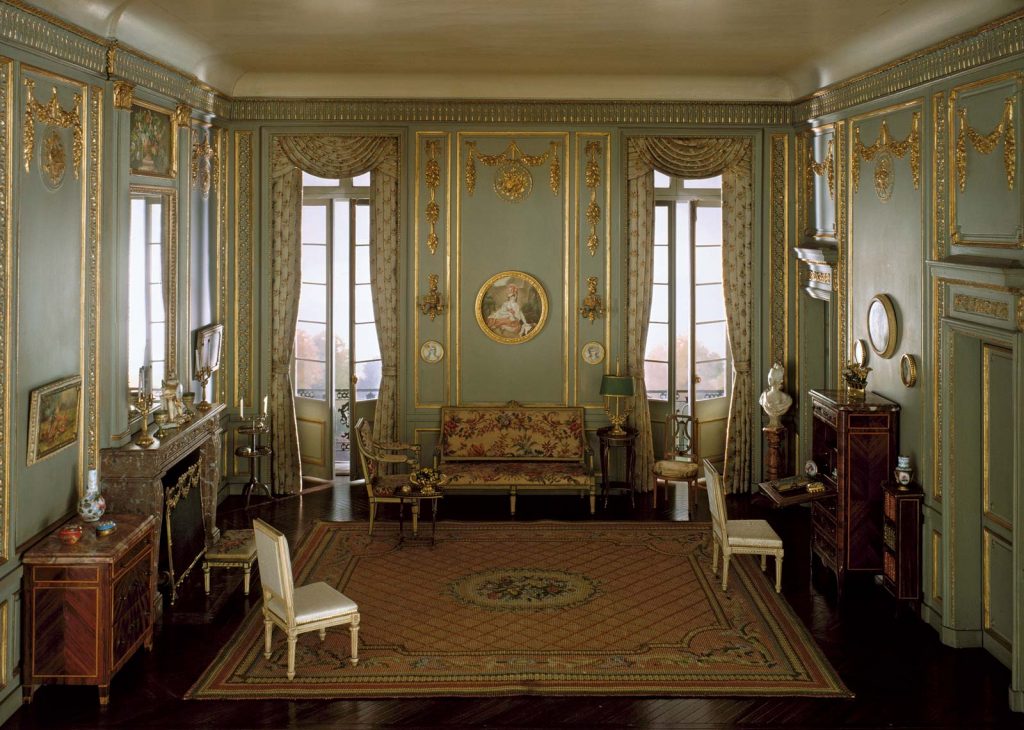
The UNIFORM space is a space without a center. These are abstract, rational, perceived spaces: they do not exist until they are lived. Closely linked to the function, they only exist if used.The Modern Movement breaks the compact space, breaks the «box» and lets the space flow, allowing horizontal (int-ext) and vertical connections:
The space of modernity: Raumplan with the wrightian fluid space.
The universal Miesian space. Double height spaces of Le Corbusier.
The CONTEMPORARY space: the first defining feature of the proposal is the total and absolute confusion of the public space with the space of relation. The entire building space is unique and continuous. The concept of free section is born: it consists of ending the tyranny of the horizontal plane, deforming it, twisting it, etc. Before the section was worked but without losing the horizontality.
UTILITAS – FUNCTION
The concept of function associated to the architecture has always existed, evidence of this is «Utilitas» of Vitruvio. Function is not the main problem of architecture. You have to ask yourself what you have to build (geometry, shape, material, etc.) to satisfy a function.
Mechanical functionalism: It has its roots in the Industrial Revolution. Form is a direct and mechanical consequence of the functions to which it is linked. Beauty came automatically from the most perfect mechanical efficiency and not from a deliberate search for beauty.
«We do not know any formal problems, only constructive problems. Form is not the goal but the result of our work. Form iself does not exist. Form as goal is formalism, and we reject that forms is not the task of architecture» Mies van der Rohe.
Organic functionalism: The form takes on a biological sense and adapts itself to the living functions which must be carried out in the environment (architecture), that is, adapted to human activities and the social environment: That which develops from within to outside in harmony with human activities and that which relates to the place as if it was born from there.
Moralistic functionalism: Utility exists for an end. It comes from the classical aesthetic, which argued that, something can be considered beautiful, when it is useful and suitable to its end.
beauty and utility are so close that they become confused. Beauty means precisely to make visible its utility, what it serves. Defining what is useful acquires a capital importance in this approach to modern functionalism and becomes a moral issue.
FORM
The form is the external configuration of things, figure. Way of being distributed the matter of a body. arrangement of the parts of a whole according to certain relationships. In opposition to the rear, appearance of a thing: what is seen of it with the senses or in a superficial examination.
The rhythm is the sequence/ repetition of shapes in space. The rhythm sets the time. There are many options with rythm in the architecture visible in plan, elevations, an sections, by separating windows in the wall, columns in a colonnade, pillars in an arcade…
The axis are the linear elements that marks a direction and distributes the space or elements around it.
The simmetry is the regular arrangement of parts or points of a body or figure in relation to a center, axle or plan.
The hierearchy is the relationship of supremacy of an element over others based on an established approach.
The module is a unitary element which serves as a proportional unit and which is repeated on the same scale or at a different scales.
The composition is based on a grid of axes serving as a guide.
The irregularity of the forms and the variants of the order inspire the idea of movement, of displacement.
The unit is the relationship of the parts to the whole so that nothing should be removed or added.
Centrality: the organization of a space around a center that creates attraction towards it. The center is not necessarily the geometric center or a physical point, but it is the focal center.
The balancing is the complementary relationship between the elements of a composition. If the elements are equal and symmetrical we speak about static equilibrium, if they are compensated by geometric, difference, color… we speak about dynamic equilibrium.
The limit is the edge of the elements of the composition where there is a change from the rest.
The light by Le Corbusier: «Architecture is the learned game; correct and magnificent of forms assembled in the light. Our eyes are made to see the forms under the light: the shadows and the clearings reveal the forms..»
The contrast is the opposition or remarkable difference between elements to produce a dynamic effect on the composition.
The color is the chromatic manifestation of the elements to be used.
The texture is the surface finishing of the elements involved in the final perception of architecture.
The proportion is the harmonic relation of dimensions according to certain mathematical or geometric rules.
The scale is the relation between the size of the building and the size of the human being. Sizing referred to a selected unit
MATERIALITY AND STRCTURE
In architecture there are two ways to be truthful: in terms of the program and in terms of construction. To be trutful in the construction techniques is to use the materials according to their qualities and properties. What is regarded as purely artistic issues, for example simmetry, are only secondary concerns in the face of these dominant principles.
TECHNOLOGY – FORMS – MATERIALS
THE MATERIALS: According to Semper, in the process of technological evolution, materials and technology are replaced by new ones, but the shapes remain alive and active, translated into new technological realities but perpetually expressed as symbols of the first materials and the primitive need to protect man.
Materials directly from nature:

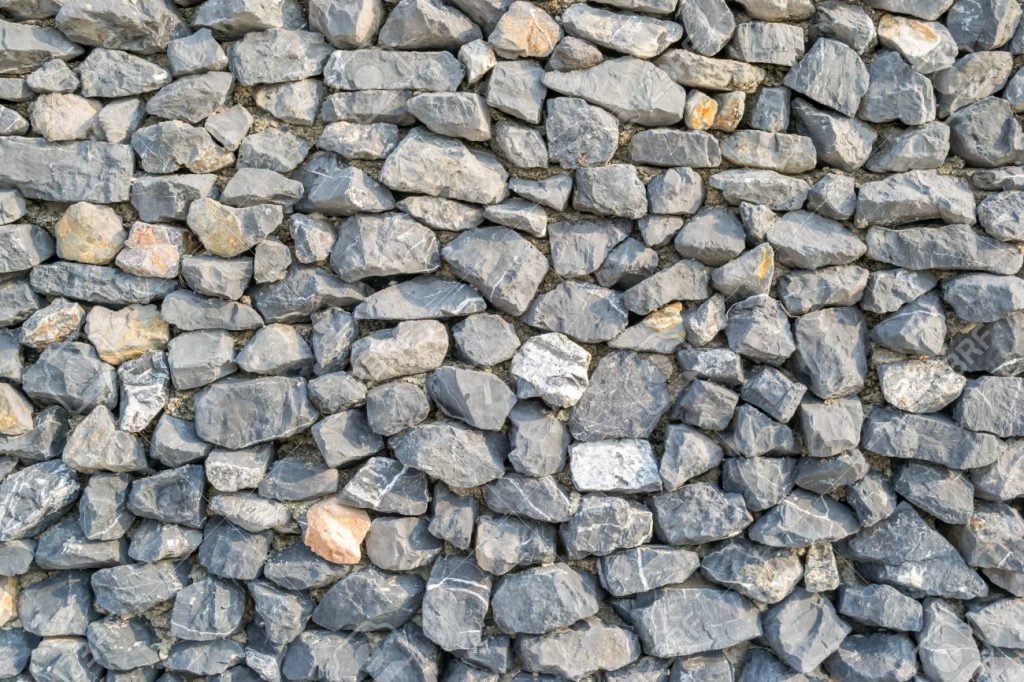
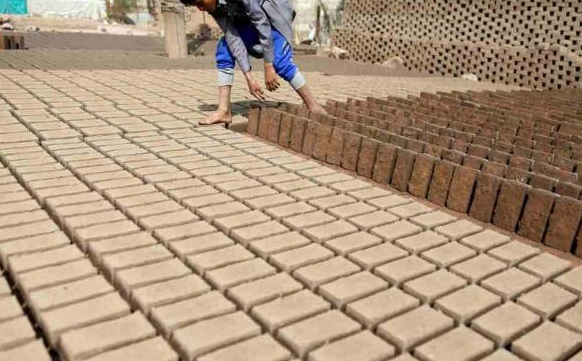
.
Transformation of natural materials:

New materials make possible the creation of new shapes and therefore a new language:
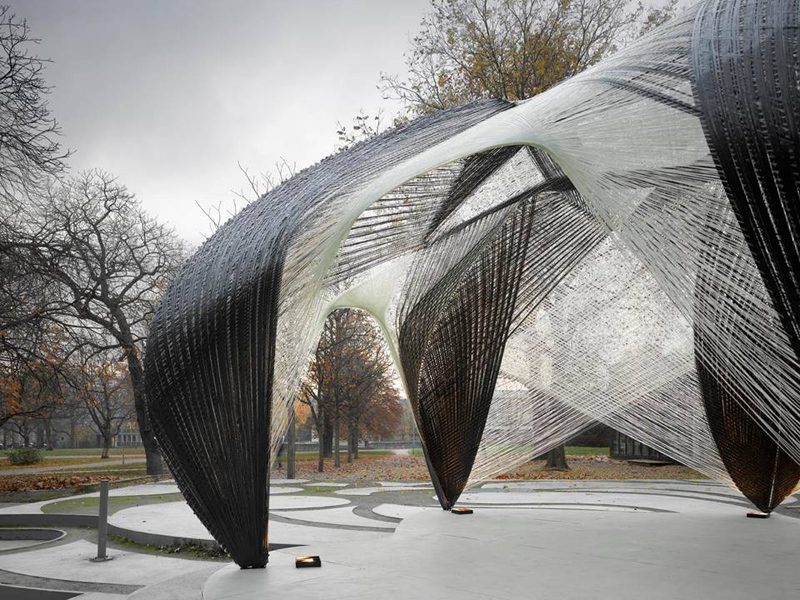
parametric-architecture.com
THE TECHNOLOGY IN CONSTRUCTION:
Extraordinary avaiability of material means and manpower, largely non-specialized. The arch and vault are the main elements for coverage and the walls are the basic supports. The basic material for Roman construction is lime concrete used with formworks or as a filling between two external layers of brick, masonry or small pieces of cerves stone. The resistance is sufficient and all that is required for the stability of the building is that the supports are thick and solid enough to withstand without deforming with the weight and forces of the vaults.

The romanesque construction creates the roof with barrel vaults reinforced by arches. These arches are placed underneath the vaults, rest on the pillars that separate the central nave from the sides, and act as permanent formwork which are able to adapt, being made with small pieces, to the deformations they may experience. The walls are reinforced with exterior buttresses, with wooden shoulders embedded in the wall and with the increase of the section of the inner pillars in the direction of the lateral forces. Barrel vaults are replaced by groin vaults, which represent a new covering system that does not depend on the rigidity of the walls because the forces are directly transmitted to the pillars through the combined action of the arches. The construction resulting from these innovations is a construction with clearly load bearing parts (arches, pillars, buttresses) and others that start to be simple enclosures (walls between buttresses).
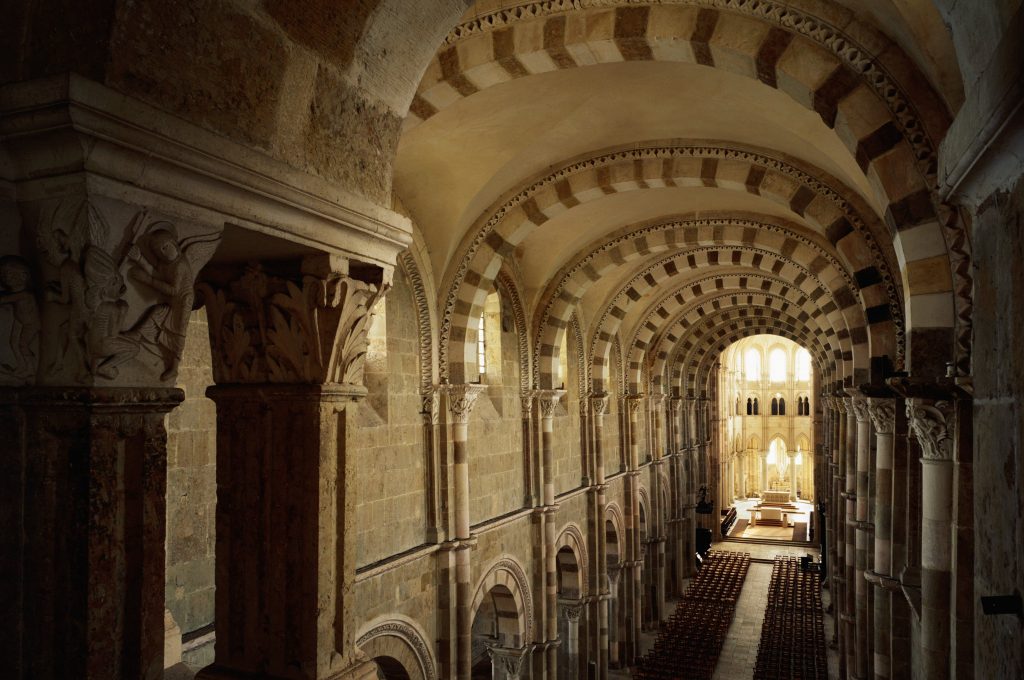
Gothic architecture ends up definitively solving the problem thanks to the pointed arch, the rib vault, the buttress, the flying buttress and the pinnacles. This principle was that of balancing forces instead of the principle of inert stability. Compression forces opposed to traction forces. This Gothic principles are still those of modern construction. The difference between classical and Gothic architecture is that the first is passive, merely channels and absorbs forces, while the second is dynamic, since it has a group of forces that are balance because are of opposite-sign.
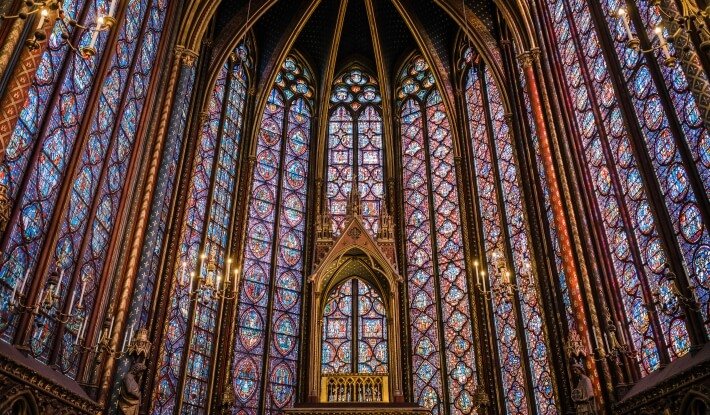
The Computer Aided Design (CAD) represents an innovation in the generation of architectural shapes. The Building Information Modeling (BIM) also adds the collaborative management to the project.
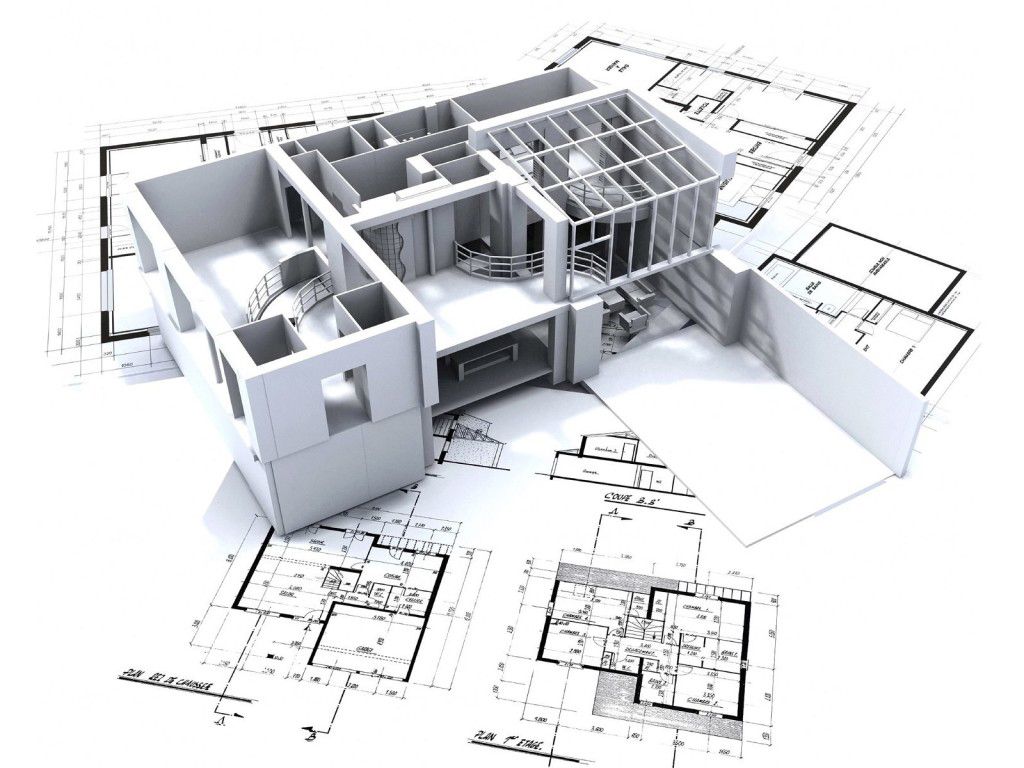
Prefabrication: nowadays prefabrication, in some ways, it changes the way we build or manage construction.
